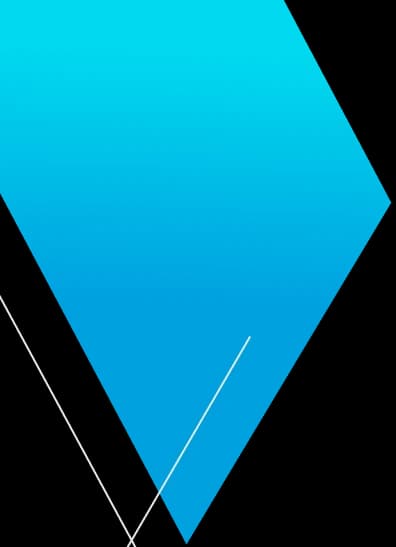Aaron estimated the site could save $200,000 by updating the steam traps. He presented his idea to John Reneau, an environmental engineer, who was the reliability center coordinator for Urea 1 at the time.
“It takes courage to bring an idea back, even though you've already been rejected before,” John said. “It took humility to do what Aaron did, and I appreciate his persistence.
“I knew there was an issue, but I didn't know how significant it was until Aaron laid it out and showed the data. The cost savings alone from a steam efficiency standpoint were a no-brainer, but from a winterization standpoint, Aaron’s plan also would help us make sure we didn't have any safety hazards or downtime concerns due to freezing. Those were two significant selling points.”
With John’s approval, Aaron coordinated the new steam trap surveys in Urea 1 as well as the UAN production unit in fall 2020. After surveying all traps in Urea 1, they found 20 percent of the traps were faulty, resulting in an estimated loss of approximately $140,000 per year. The team spent the next few months replacing most of the failed traps and improved Urea 1’s performance.
“Over roughly four months we were able to take Urea 1 from an 80 percent performance rating — which is average — up to a 99 percent performance rating and we lowered our estimated loss to about $38,000,” Aaron said. “We also took UAN from a 71 percent rating up to 99 percent and decreased our estimated loss to about $7,500.”
Great Success
After the success in the Urea 1 and UAN units, the reliability team was eager to survey and replace faulty steam traps in the remaining production units. By the end of 2021, the site replaced most of its steam traps. Altogether, the new steam traps reduced the site’s estimated loss by more than $350,000 a year.






